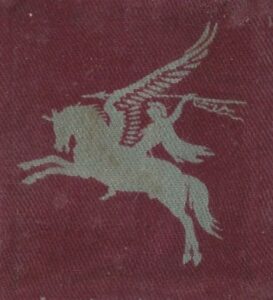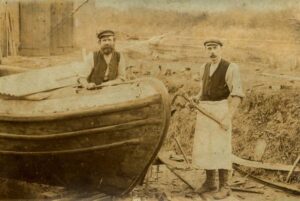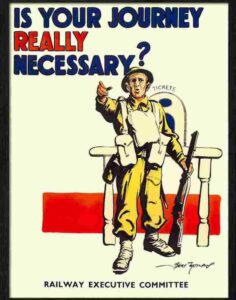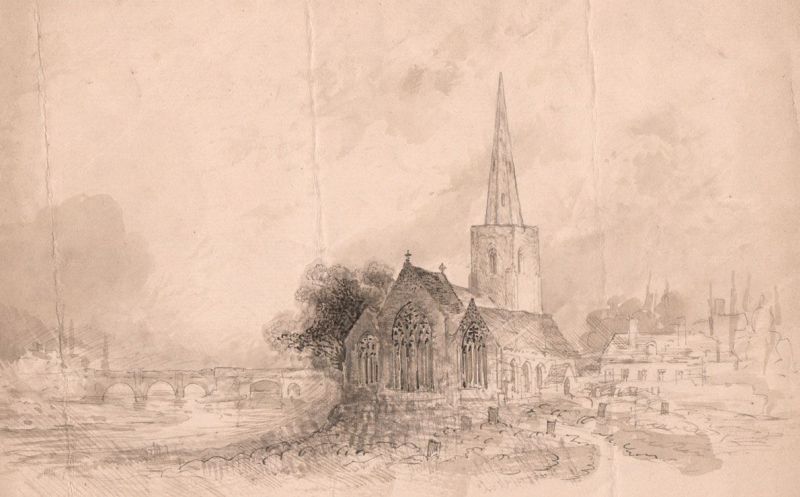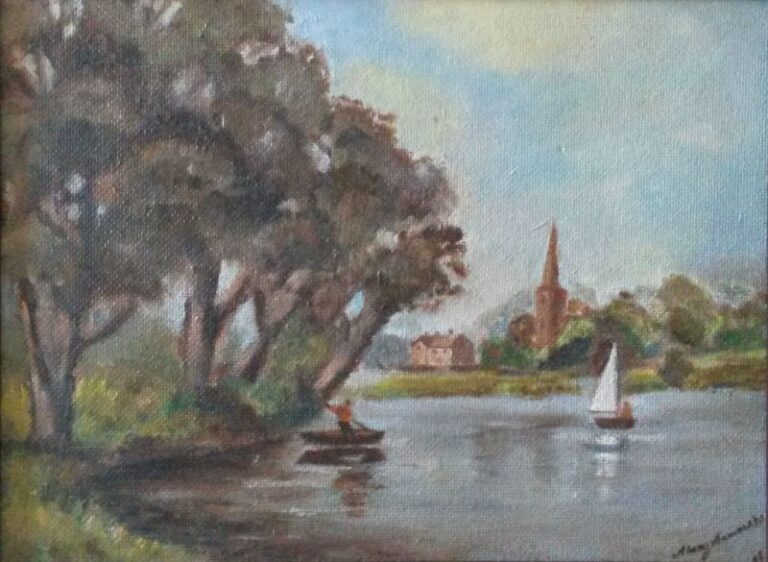
Welcome to the website of the Sawley & District Historical Society. Sawley is a village in the South East of Derbyshire, at the county boundary with Nottinghamshire and Leicestershire.
Below is a brief history of Sawley. Follow the links or see the menus for more information. New and updated pages are listed in the panel at the bottom of each page.
2025 Historical Society Programme
See the BLOG tab for the latest posts. Here are links to the latest posts.
Sawley was originally called “Salloe,” on account of the many sallows (a type of willow) growing by the River Trent.
The Romans built a road from Derby to cross the Trent at Sawley. The remains of a Roman marching camp can be seen in the fields near the church.
The first Sawley Church was built around 1,350 years ago, after St Chad converted the village to Christianity. It was burnt down by Vikings, rebuilt by the Anglo Saxons and expanded by the Normans.
Originally, Sawley was the most important of the local settlements, with Long Eaton, Wilne, Draycott and Wilsthorpe as subsidiary hamlets. In 1258 Sawley was awarded a charter to officially became a town.
Until the 16th century the village belonged to the Bishop of Lichfield. Thereafter, it belonged to the Earls of Harrington.
Until the 18th century, most people worked in agriculture. Several local fields still show the ridge-and-furrow of the medieval farming system, where tenants farmed strips of land in open fields. The individual fields we see today are mainly the results of the Sawley Enclosure Act of 1787.

The River Trent could usually be forded at Sawley, until weirs were built in the 18th century. However, bridges crossed an old course of the river, about a mile upstream from the village, from around 1100 to 1300 AD. Thereafter, a ferry crossed the river at Sawley until replaced by the current Harrington Bridge in 1790.
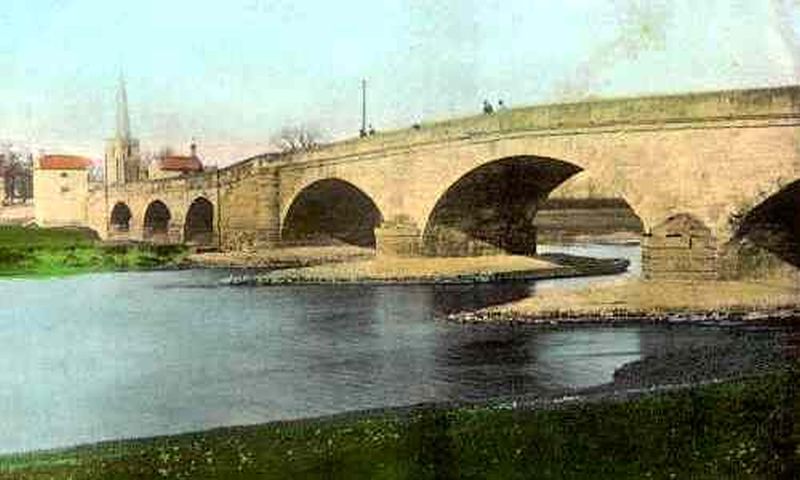
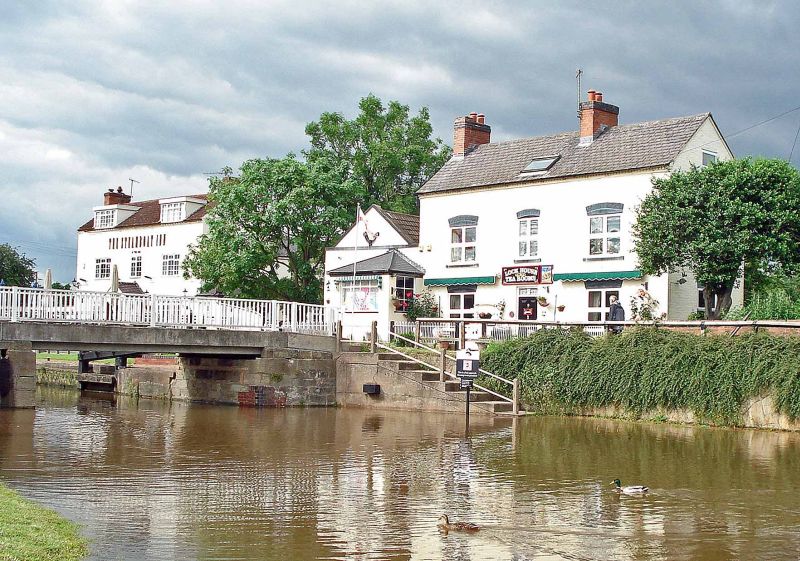
During the industrial revolution the road from Nottingham to Birmingham (Tamworth Road) became much busier and in 1759 the stretch to Sawley became a turnpike. This increased the passing trade in Sawley pubs, with the Harrington Arms becoming an important coaching inn.
In the late 18th century Sawley was at the centre of major advances in river and canal traffic. The Trent & Mersey canal (which starts between Sawley and Shardlow) was opened. The River Soar (which joins the Trent opposite Trent Lock) was made navigable to Leicester. The Erewash Canal was opened. Weirs were built on the Trent and bypassed by short canals, or ‘cuts’ at Sawley and Cranfleet.
The Nottingham to Derby railway line opened in 1839 and the first ‘Sawley’ station was on the lane to Breaston (this closed in 1930 and is now a scrapyard). The buildings at the junction with the Erewash Canal became the Midland Railway’s Sheet Stores in the 1850s. As further North-South rail lines were opened in the 1860s an ‘interchange’ station (Trent Station) was opened. The station now called ‘Long Eaton’ was opened in 1888 and was known as ‘Sawley Junction’ until 1968.

Many Sawley men worked on the surrounding rivers and canals. By 1800 many other residents were working in the framework knitting and lace industries, usually from home.
By the mid-1800s Long Eaton was growing quickly, with larger, mechanised lace works. But Sawley remained a compact village, probably not much bigger than it had been in Anglo Saxon times.
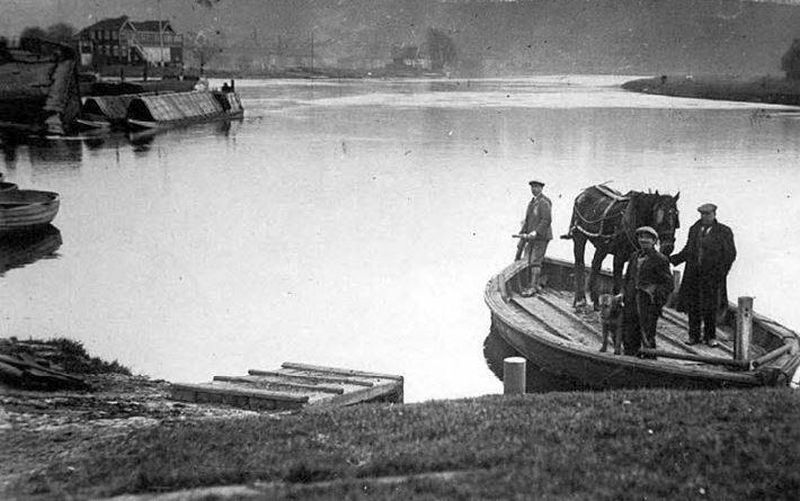
The first residential development beyond the old centre was Hey Street, developed from the 1870s, mostly for employees at the Sheet Stores. By 1900 other streets had been built around what became known as New Sawley. Originally New Sawley was the area beyond (roughly) Draycott Road.
The first school in the village was started in 1771, near the church. By the late 1800s there were two schools: the National School on Cross Street and the Baptist School on Back Street. Mikado Road School (later Lakeside) served New Sawley from 1907 to 2007.
The Sawley Baptists first formed in 1766. Their present church on Back Street (now Wilne Road) was built in 1800 and extended in 1843. John Clifford, the leading nonconformist minister and politician was born in a nearby house. He became president of the National Baptist Union and the Baptist World Alliance.
The Wesleyan Church on Tamworth Road was founded in 1884.
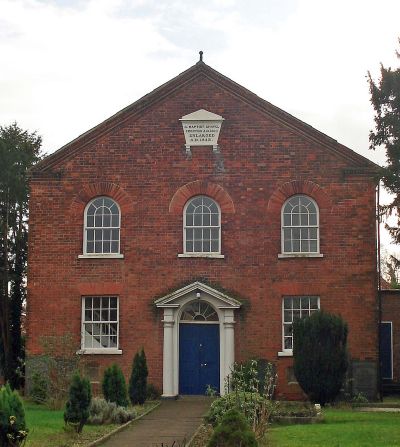
Whilst Long Eaton continued to expand in the early 20th century, the village of Sawley carried on with its small farms and cottage industries. The Great War of 1914-1918 must have been a shock, with many Sawley men going to war, usually with the Sherwood Foresters. Those who died are now remembered on the war memorial.
Wilsthorpe and New Sawley were taken over by Long Eaton Council in 1921. In 1934 Old Sawley was also incorporated into Long Eaton Urban District and in 1935 many of the road names in Sawley were changed.
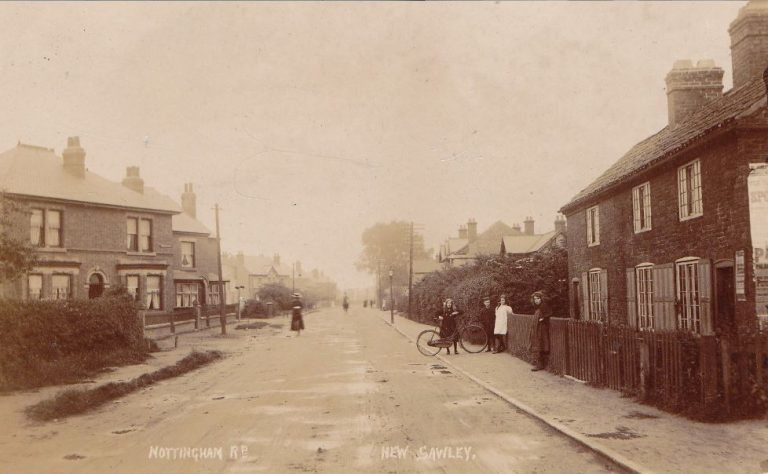
Relatively few of the older houses in Sawley survive. Not because of the blitz (although bombs did fall on Sawley during WWII) or 1960s redevelopment. When Long Eaton council took over in the 1930s, many of the houses in Old Sawley were very damp and overcrowded. The council compulsory purchased and demolished many of these old houses between the 1930s and 1960s.
Some village centre sites were taken over by the expansion of Carters pop factory. Others became part of new developments, filling the spaces between the existing streets. Since 2000 Sawley has again had its own Parish Council.
The middle reaches of the River Trent have always been prone to flooding. Sawley has experienced flooding many times, including 1932, 1946 and 1947; after which new flood defences were built.
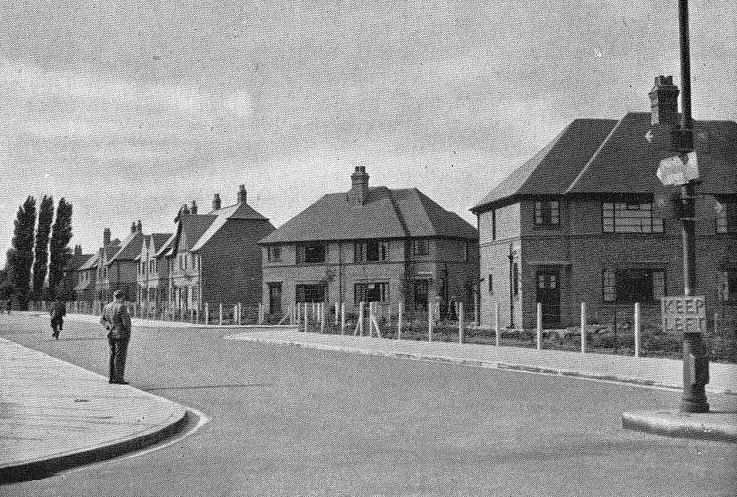
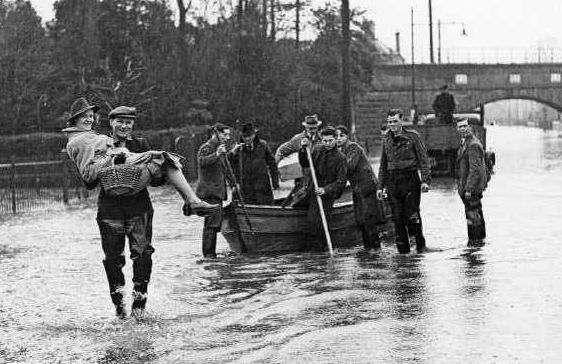
The Trent Valley Sailing Club was formed in 1886 and moved to its headquarters near Trent Lock in 1907.
Sawley Marina has grown from a small boatyard in the 1960s to become the UK’s largest inland marina.
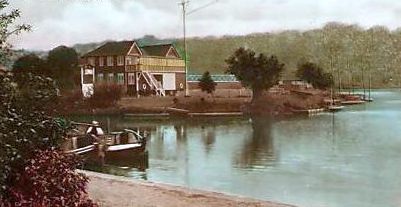
The Sawley and District Historical Society was formed in 1983 to research and record the history and evolution of the village and its surrounding area.

